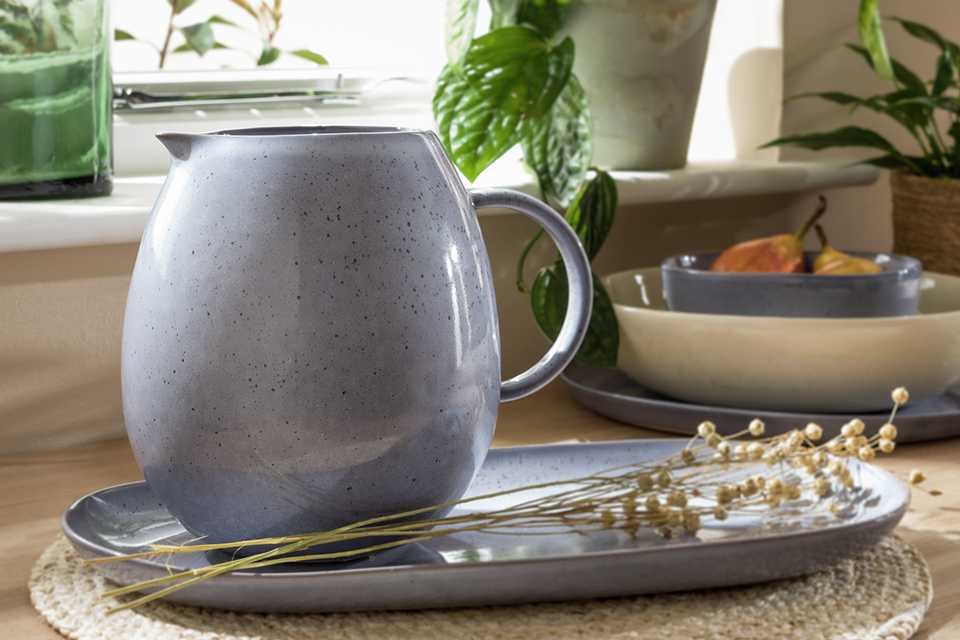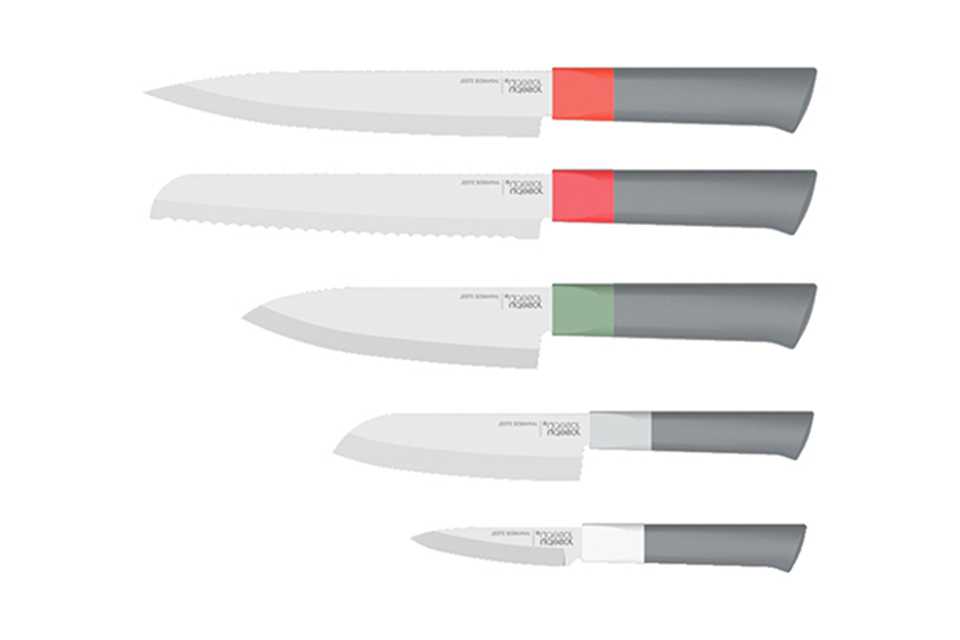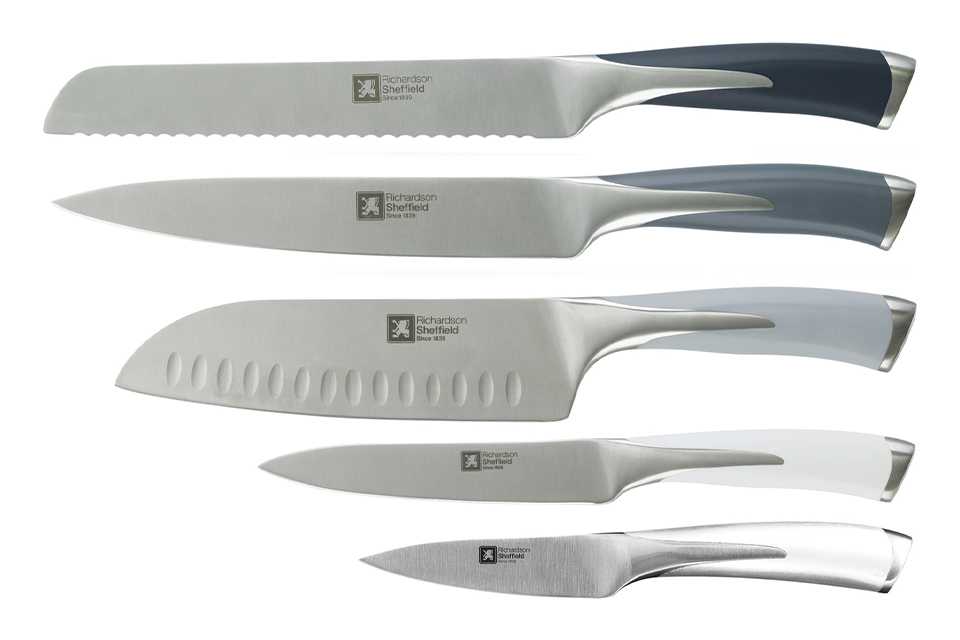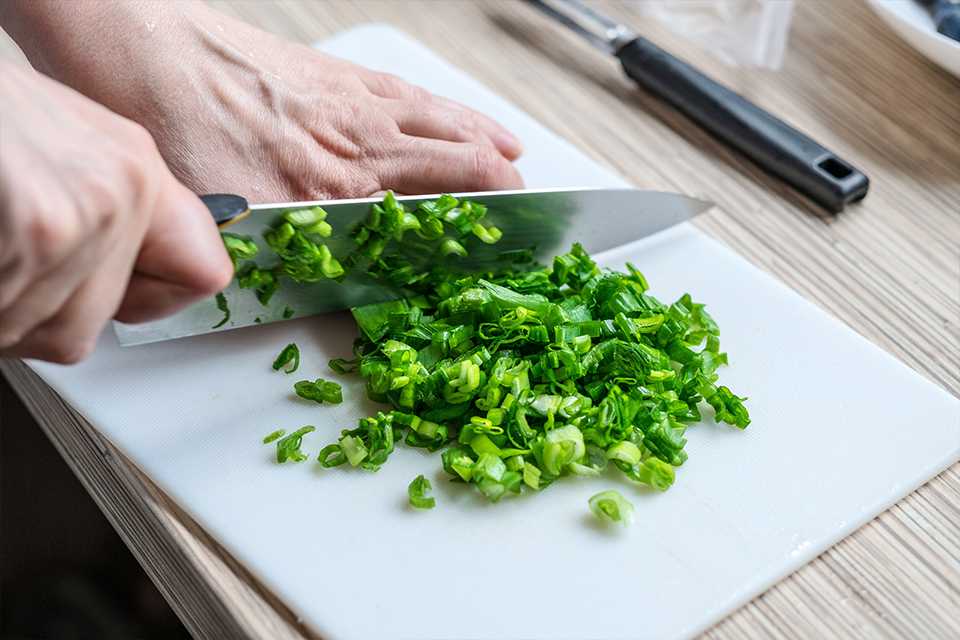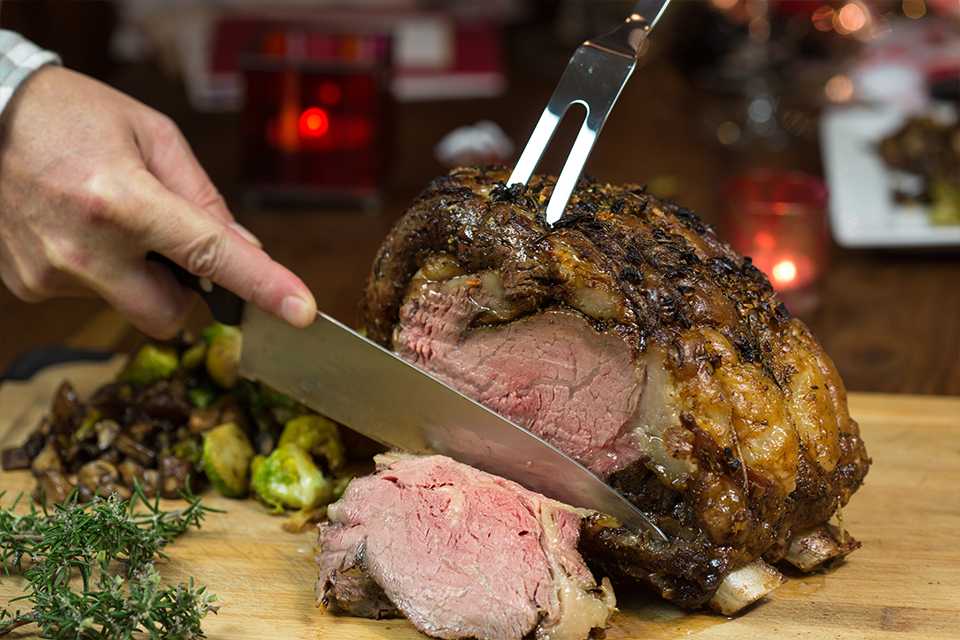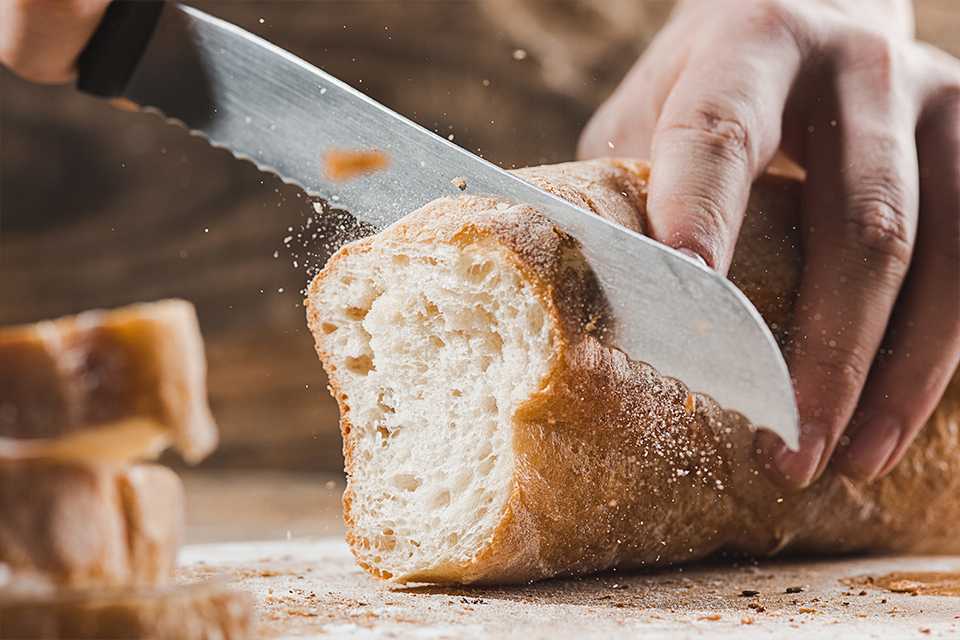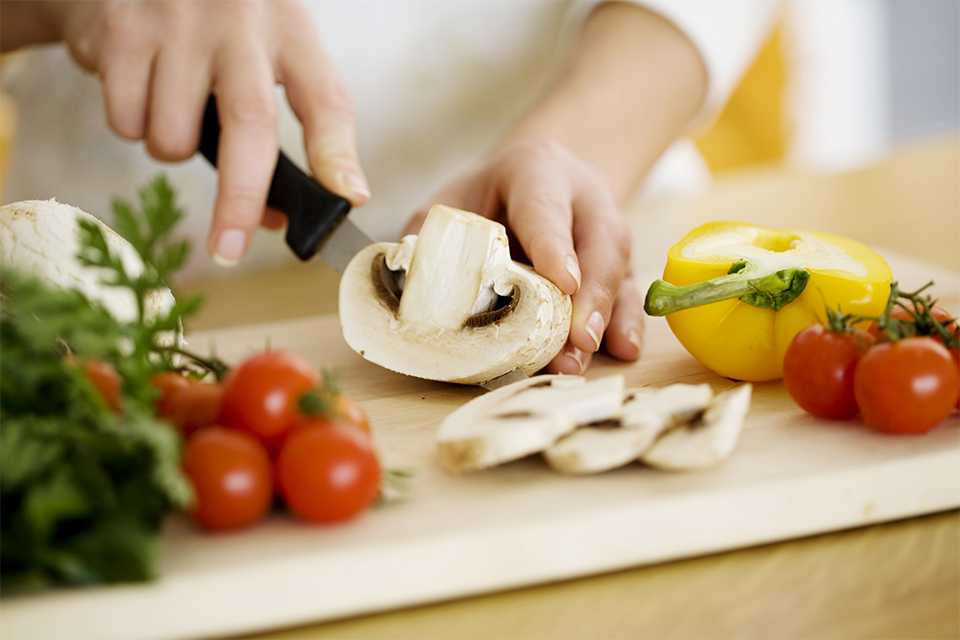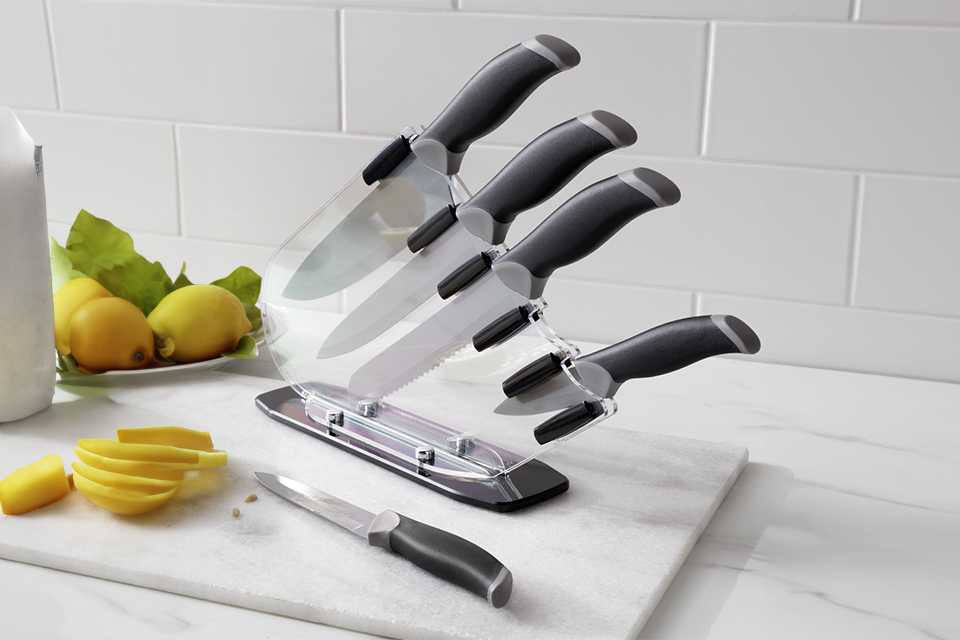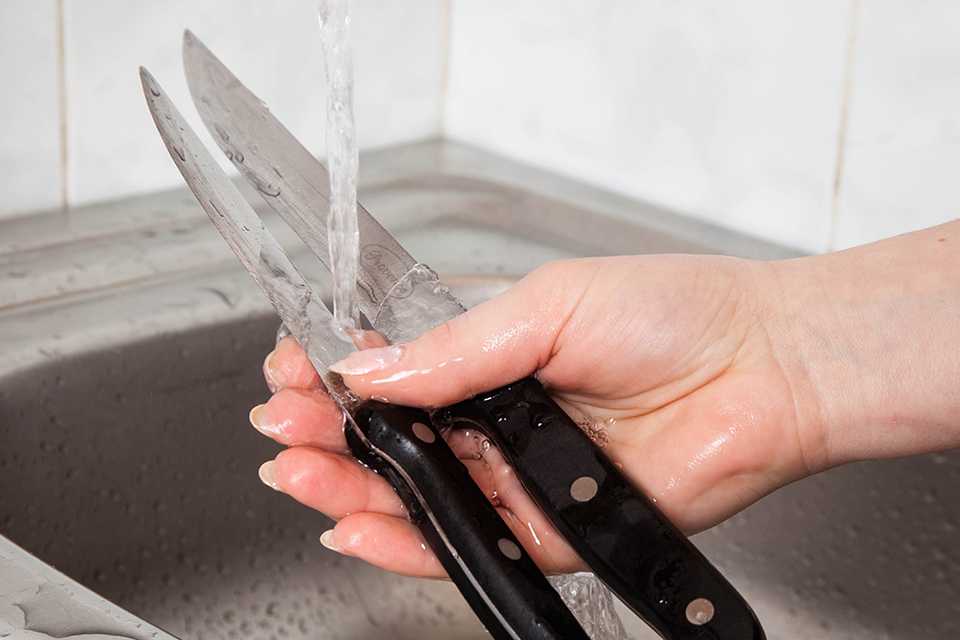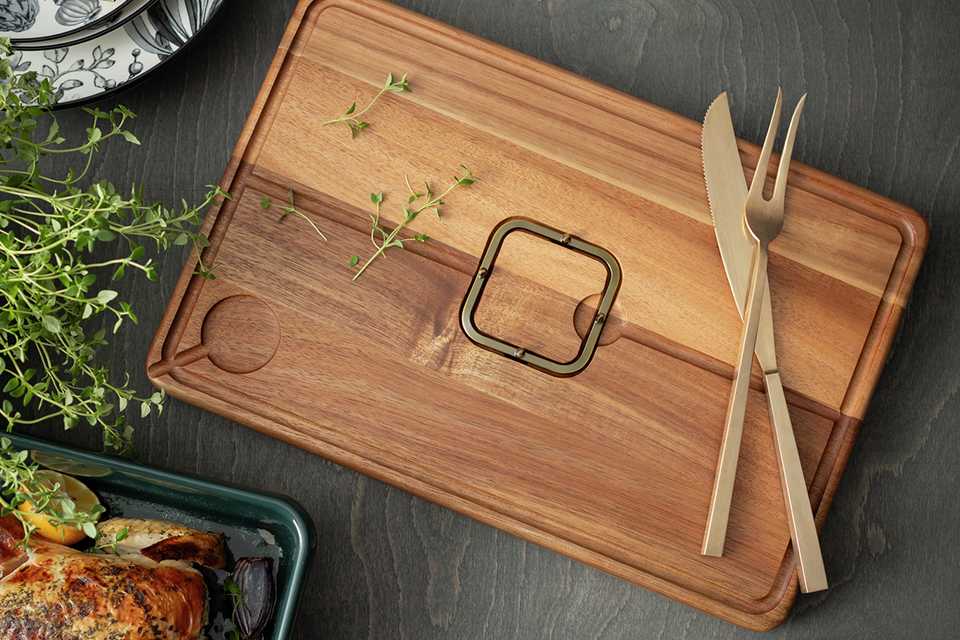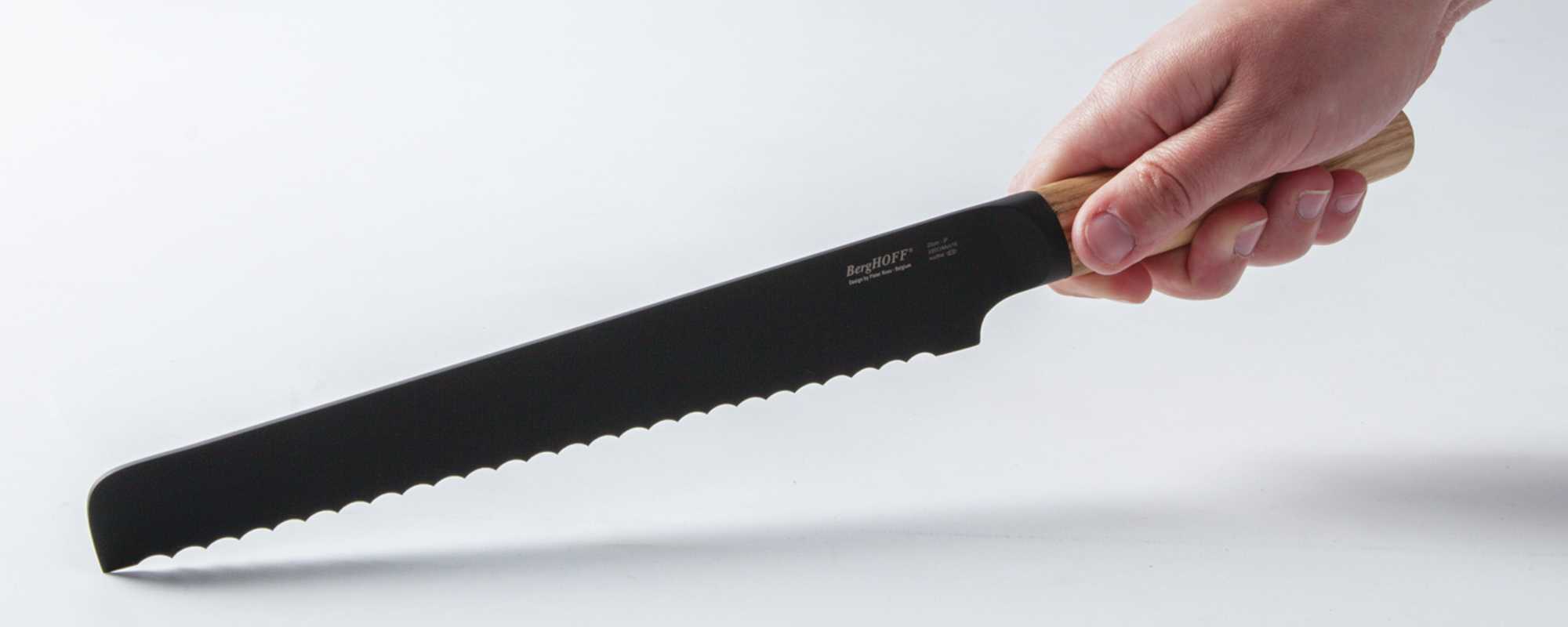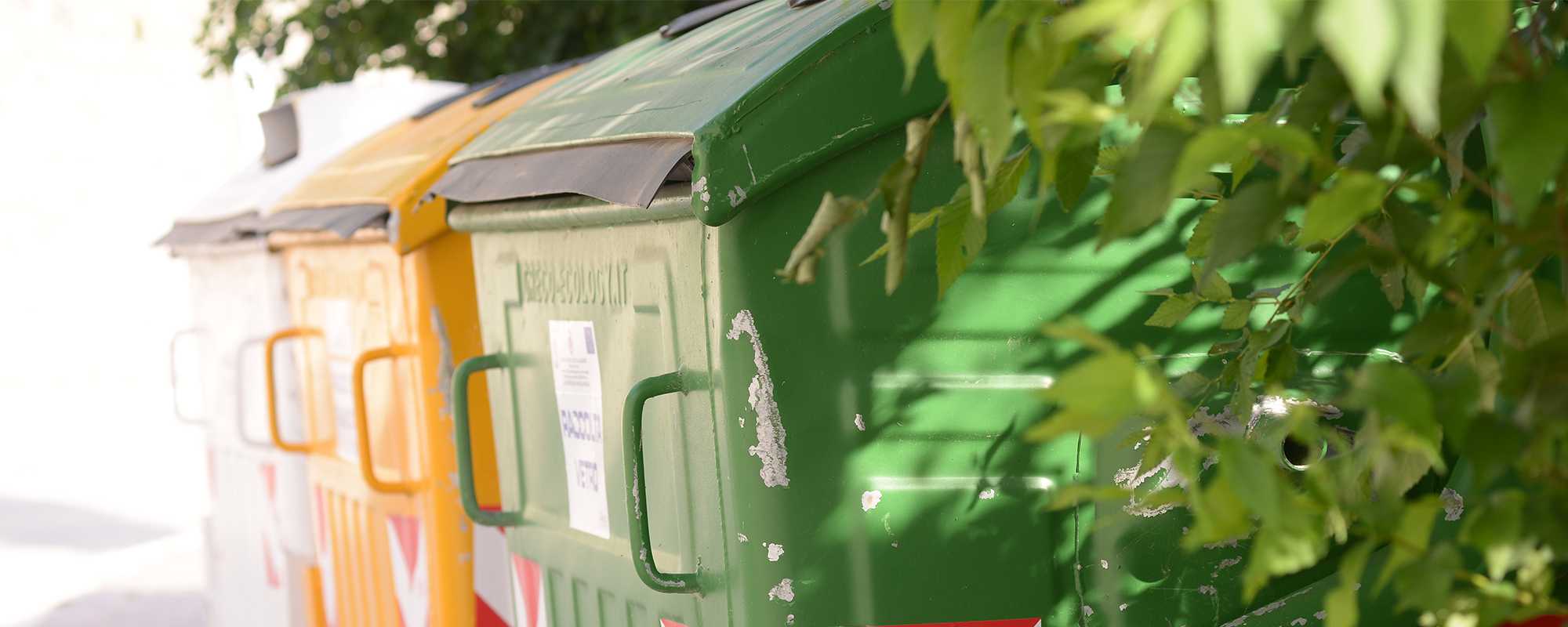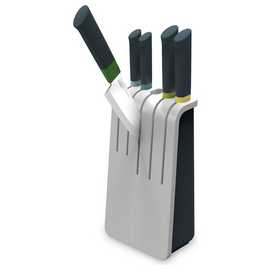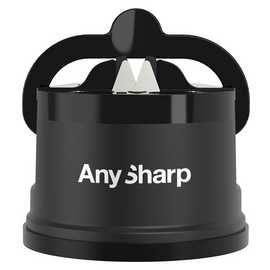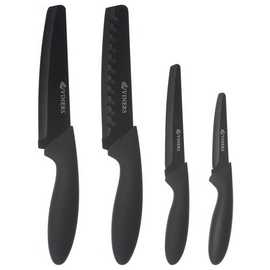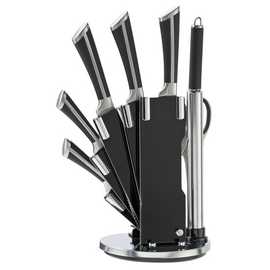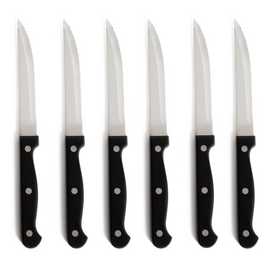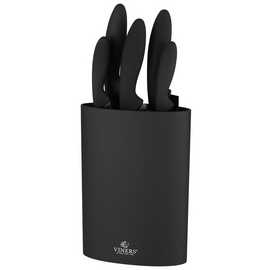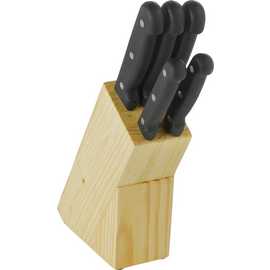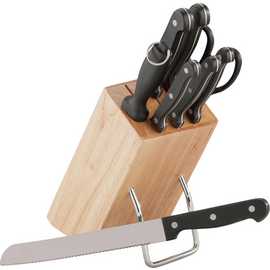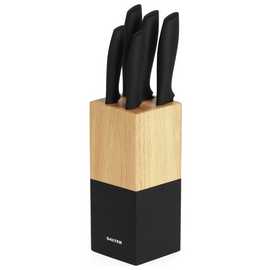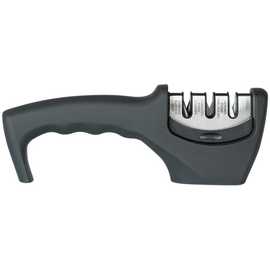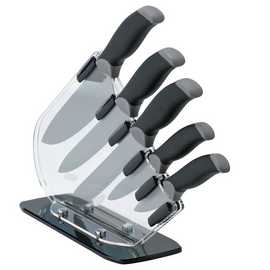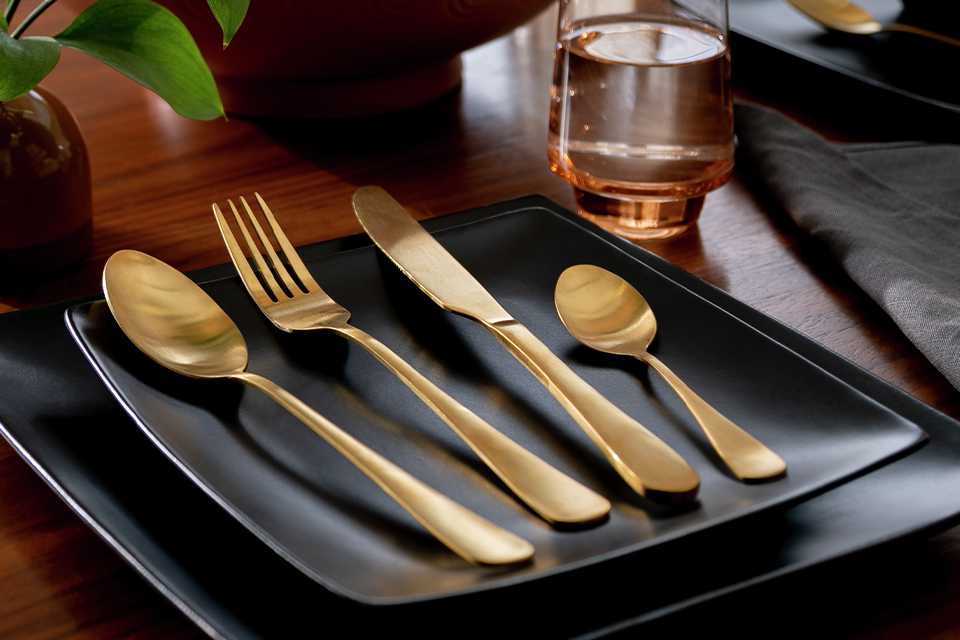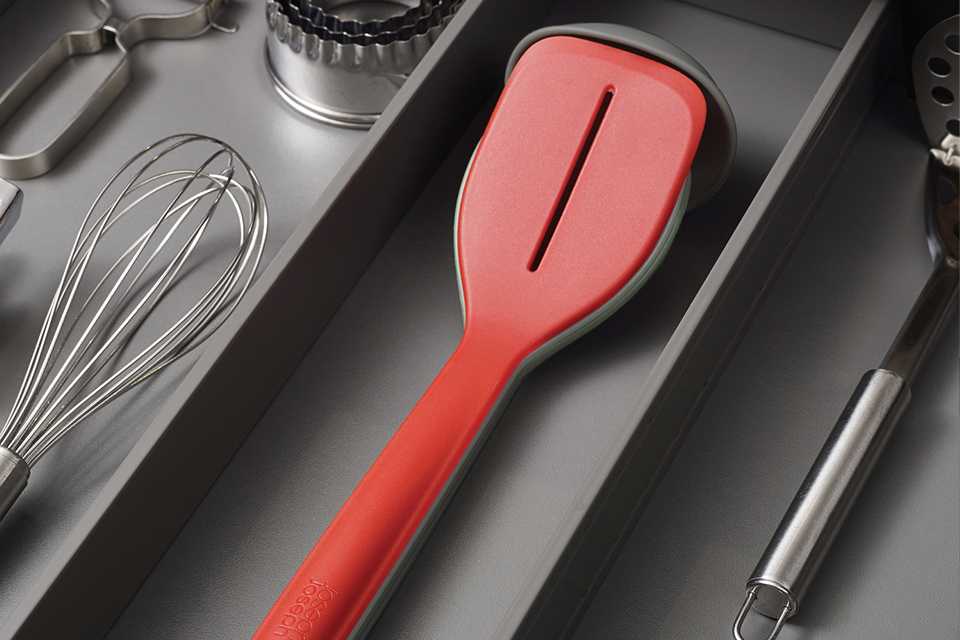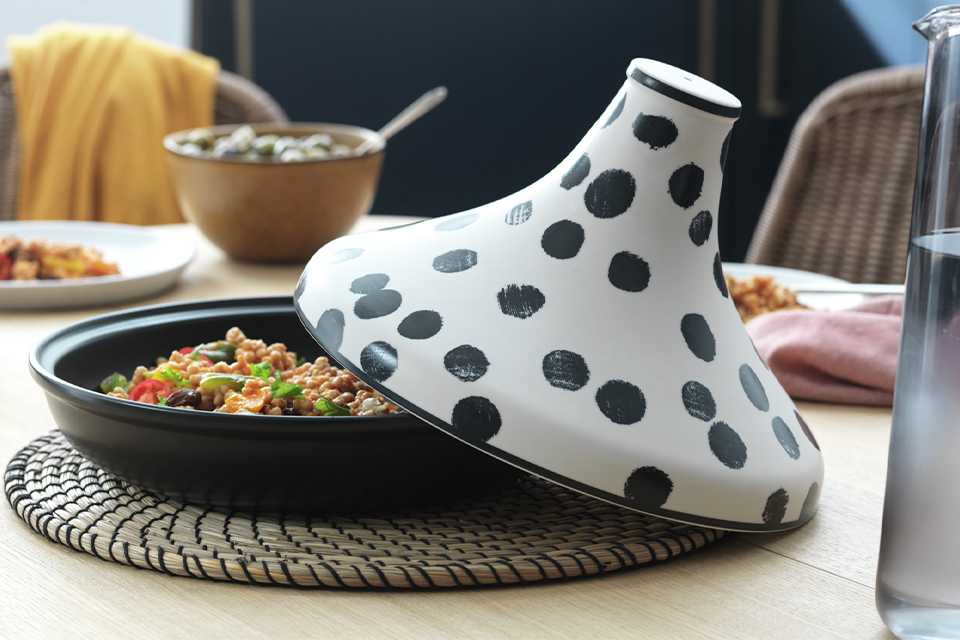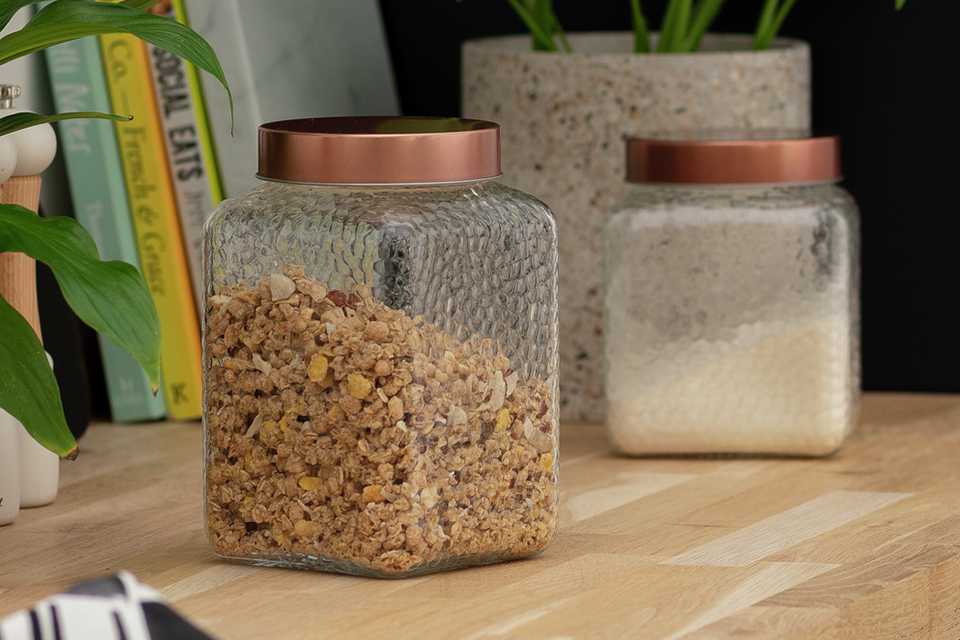Kitchen knife guide
Slicing, carving or cutting? Let's help you pick the right knife for the job. All knife orders must be collected in-store.
Shop all knives&poi={$this.metadata.pointOfInterest.x},{$this.metadata.pointOfInterest.y},{$this.metadata.pointOfInterest.w},{$this.metadata.pointOfInterest.h}&scaleFit={($this.metadata.pointOfInterest.x>0)?$sfpoi:$sfcenter}&sm=aspect&aspect=3:2&sfcenter=center&sfpoi=poi&qlt=50&fmt=auto&noiser=0&fmt.jpeg.interlaced=true&fmt.jp2.qlt=40&)
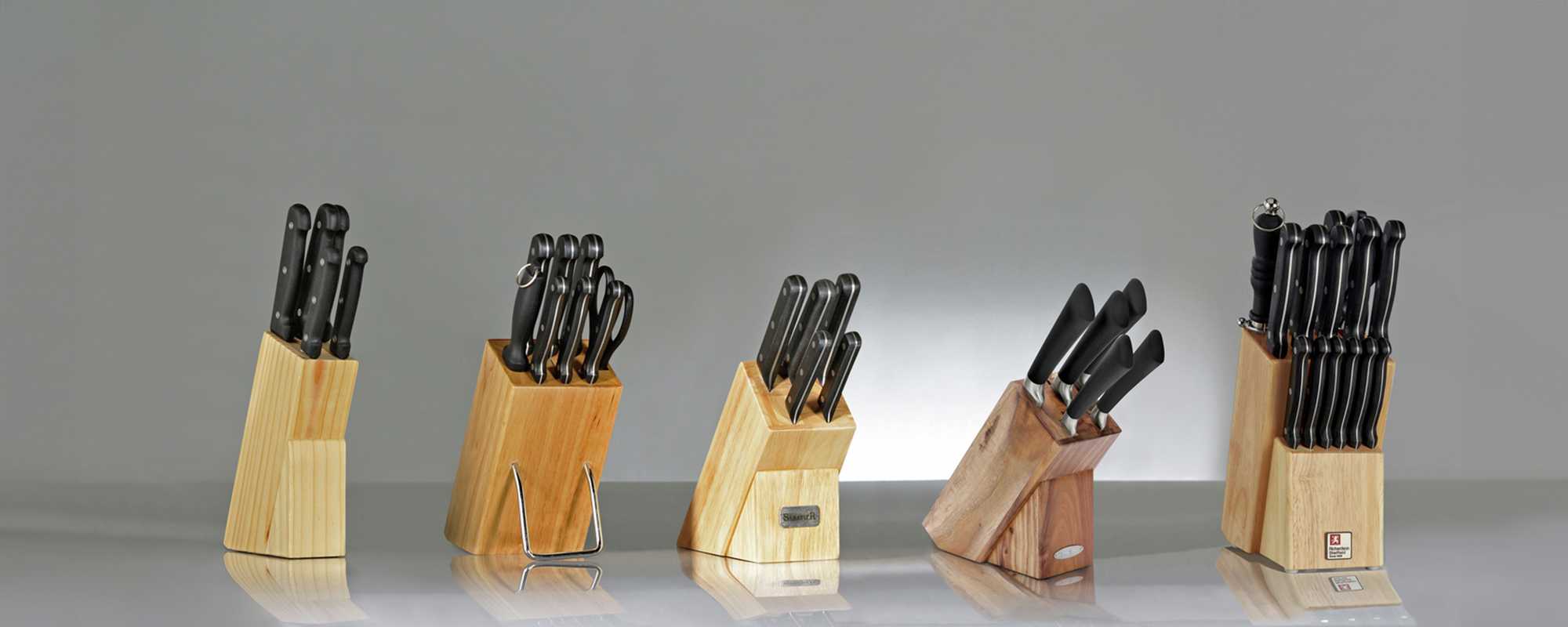
Can I buy a knife online?
Whether you're a novice or accomplished cook, having a good set of knives at your disposal is essential. Because it's illegal to sell kitchen knives to anyone under the age of 18, all orders must be collected in-store. To help you decide which kitchen knives are the best option for you, we've put together this handy guide.
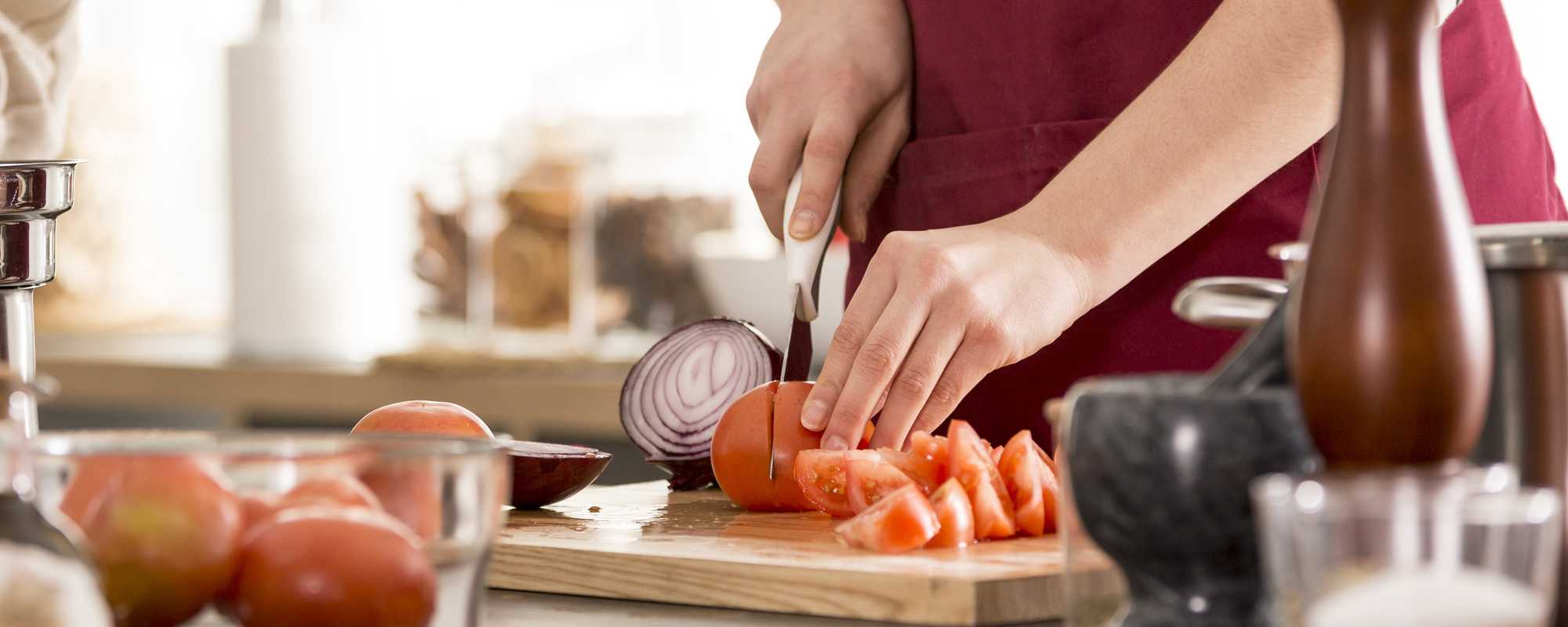
What kitchen knives do I need?
There are many different types of kitchen knives available, each with its own purpose. Discover the essential kitchen knives tailored for both beginners and seasoned chefs. Explore our guide to find the perfect set for your culinary needs.
What's the best blade material?
We've got kitchen knives with two types of blade material; stainless steel and high carbon stainless steel. Here’s what to consider when choosing the best blade material for you.
Carousel
Types of knives and their uses
Knife sets vary in size and price, but most will include the knives you need to prep everyday dishes. Unsure what knife does what? Here's a rundown of the core knives every cook should have.
Carousel
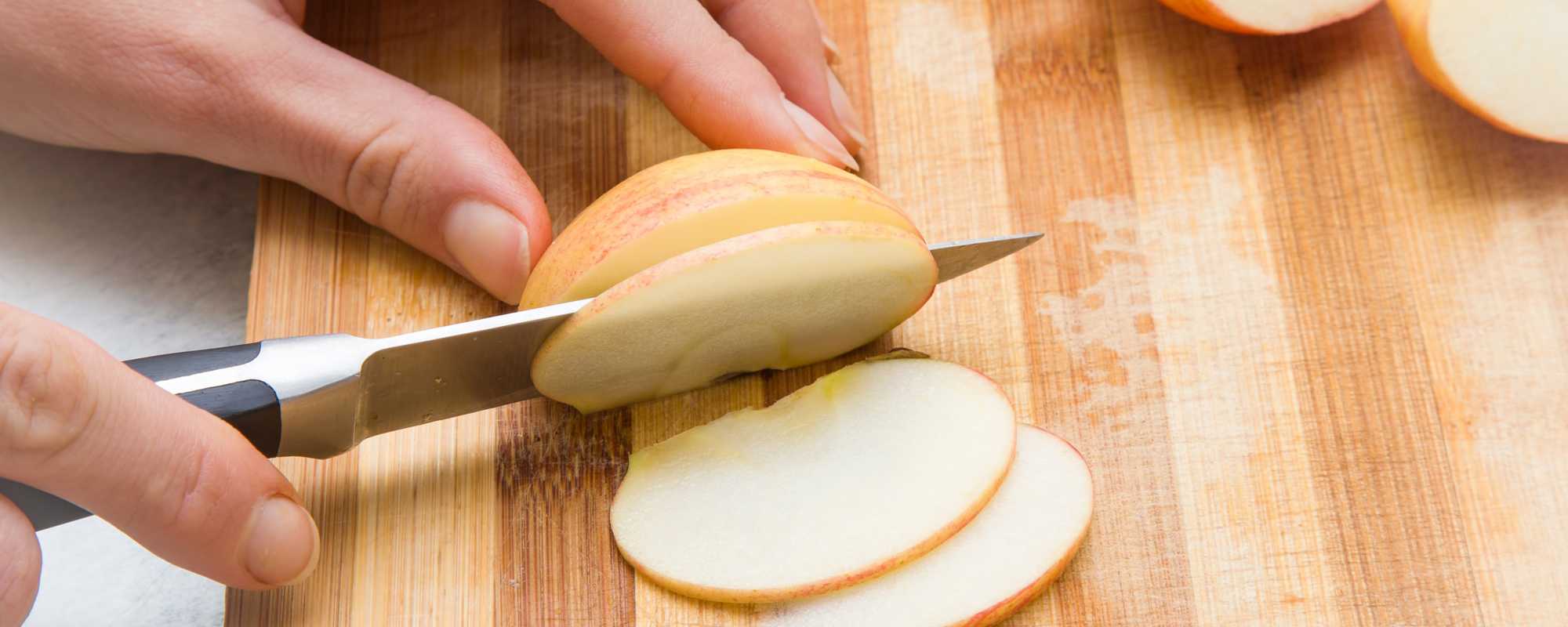
Paring knife
This short-bladed knife is used for small and intricate work like peeling, slicing and deseeding. Its handle is slightly longer than other knives, allowing for more precise cuts.
Shop knives by set
Knife care
If you treat your kitchen knives well, they can last a lifetime. From storage to sharpening, here are some simple tips to help keep them in top condition.
Carousel
Carousel
Shop top rated knives
Slider Grid
Shop kitchenware and accessories
